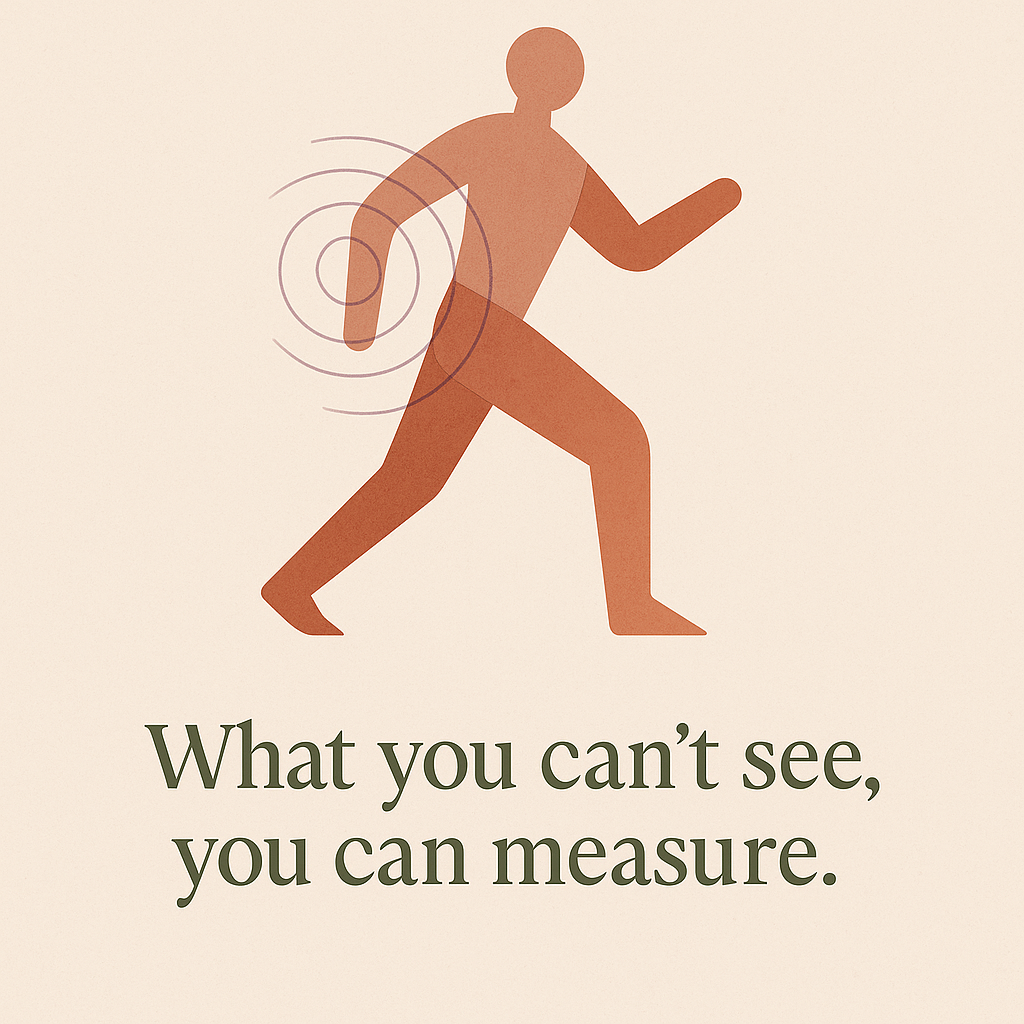Using DEXA & Physical Therapy To Fix Weak Links
You Don’t Have to Be Injured
to Be Out of Balance
Subtle muscle imbalances can quietly disrupt how you move, train, or recover. At Graspmore Physical Therapy, we take a personalized approach to movement. Muscle imbalances aren’t always obvious at first—but over time, they can quietly interfere with how you move, train, or heal.
Through personalized physical therapy, we help restore strength and coordination where it’s needed most. And if you’re curious about a deeper look, we can refer you for a DEXA scan to better understand your body’s unique composition and asymmetries. It’s one more tool to guide smarter, more targeted care. Click here to learn more from KALOS Health.
What Muscle Imbalances Really Mean
A muscle imbalance occurs when one group of muscles becomes stronger, tighter, or more dominant than its opposing group. Over time, this throws off joint mechanics, disrupts movement efficiency, and increases the risk of injury. Think: overactive hip flexors paired with underactive glutes, or dominant quads coupled with inhibited hamstrings.
But not all imbalances are visible from the outside—that’s where technology steps in.
What Is a Dexascan?
It’s quick (about 10–20 minutes), non-invasive, and considered one of the most accurate ways to see how your body is built on the inside. Think of it as a blueprint of your muscle-to-fat ratio and structural balance.
Rebalancing Through Targeted Physical Therapy
Once we understand what’s out of sync, we build a personalized plan to help restore balance. This might include:
Strengthening underactive muscles so they can do their job again
Improving mobility by easing tight, overworked areas
Re-training movement patterns to fire the right muscles at the right time
Hands-on work like myofascial release to relieve tension and improve function
The goal isn’t just short-term relief—it’s long-term balance and better movement, built to last.
Taking the First Step
Muscle imbalances don’t self-correct. Left unchecked, they tend to worsen as the body builds compensation patterns around them. The good news? Once identified, they’re highly treatable.
Whether your starting point is a DEXA scan at KALOS Health or a Physical Therapy full-body assessment at Graspmore, you’re taking a critical first step toward long-term performance, comfort, and injury prevention.
Ready to Fix What’s Holding You Back?
Reach out to Graspmore Physical Therapy to schedule your personalized assessment. If a DEXA scan feels like the right next step, we’ll connect you with one of our trusted partners. Together, we’ll help restore balance—where it matters most.




